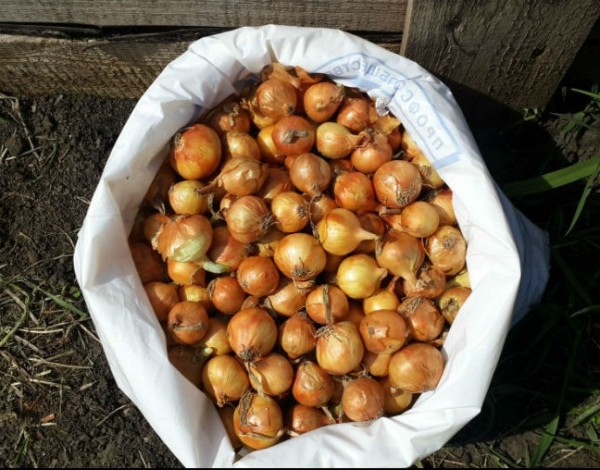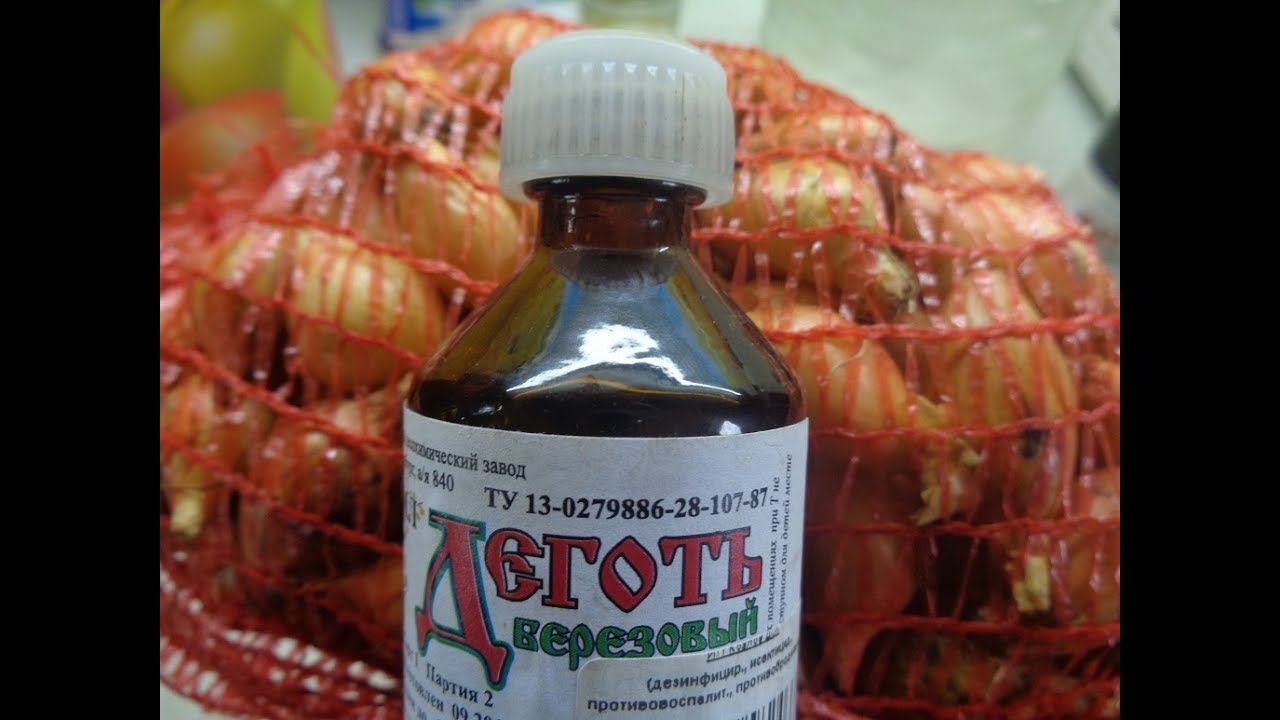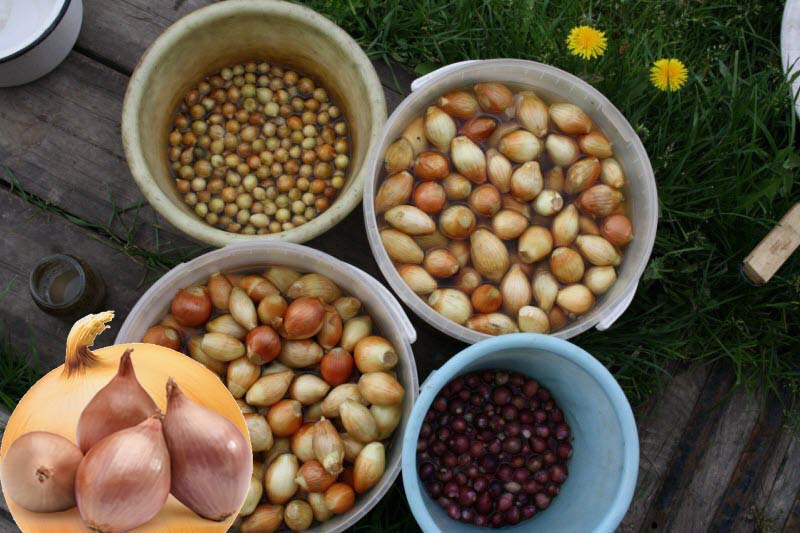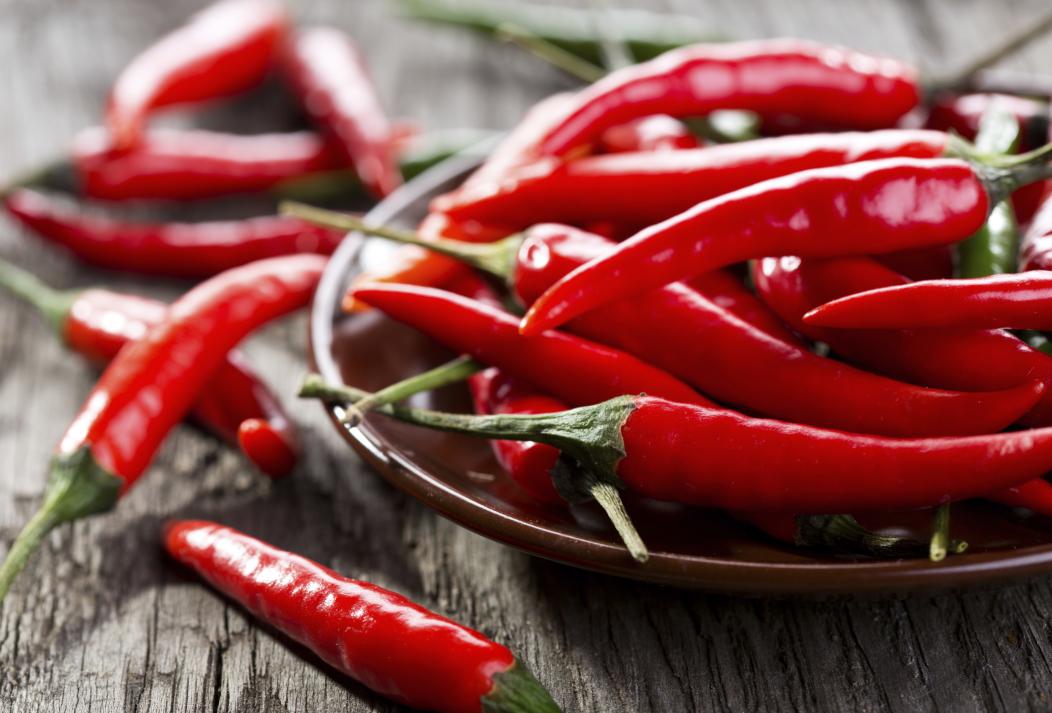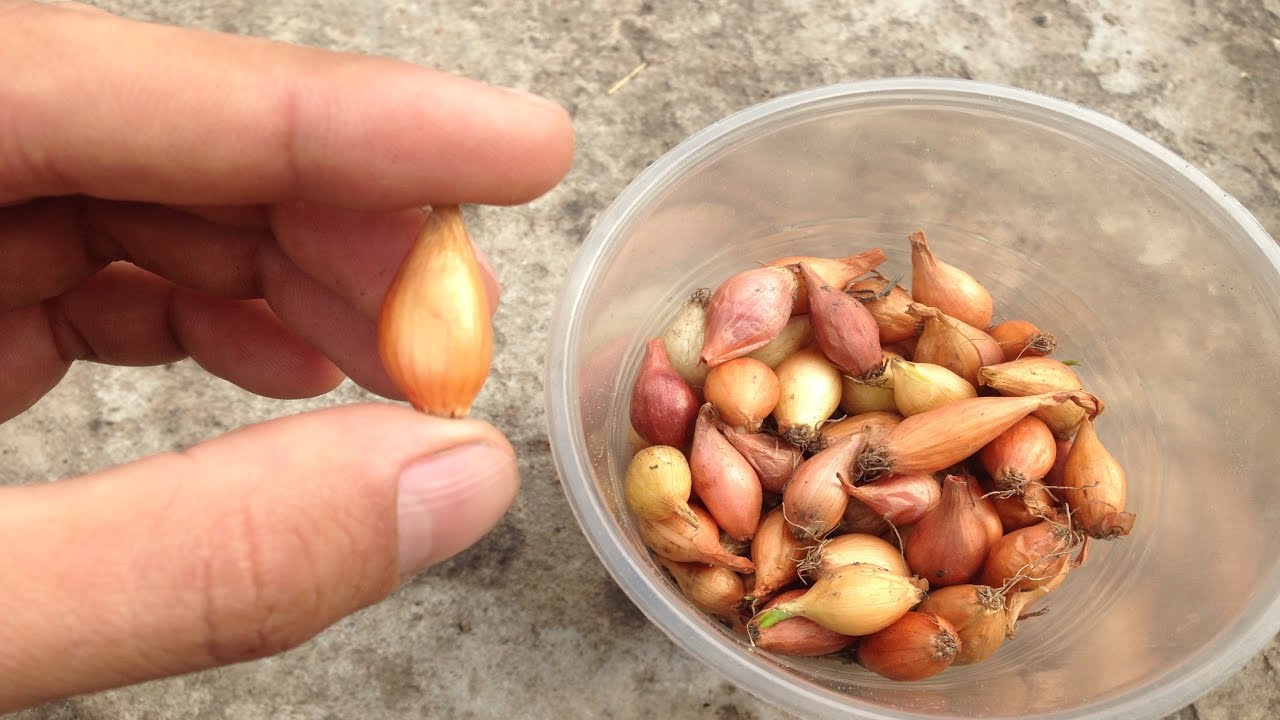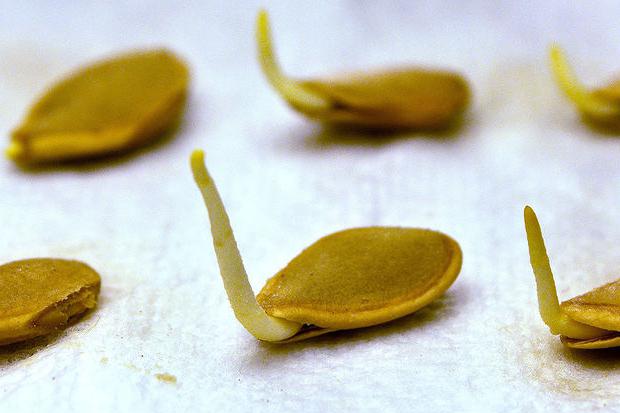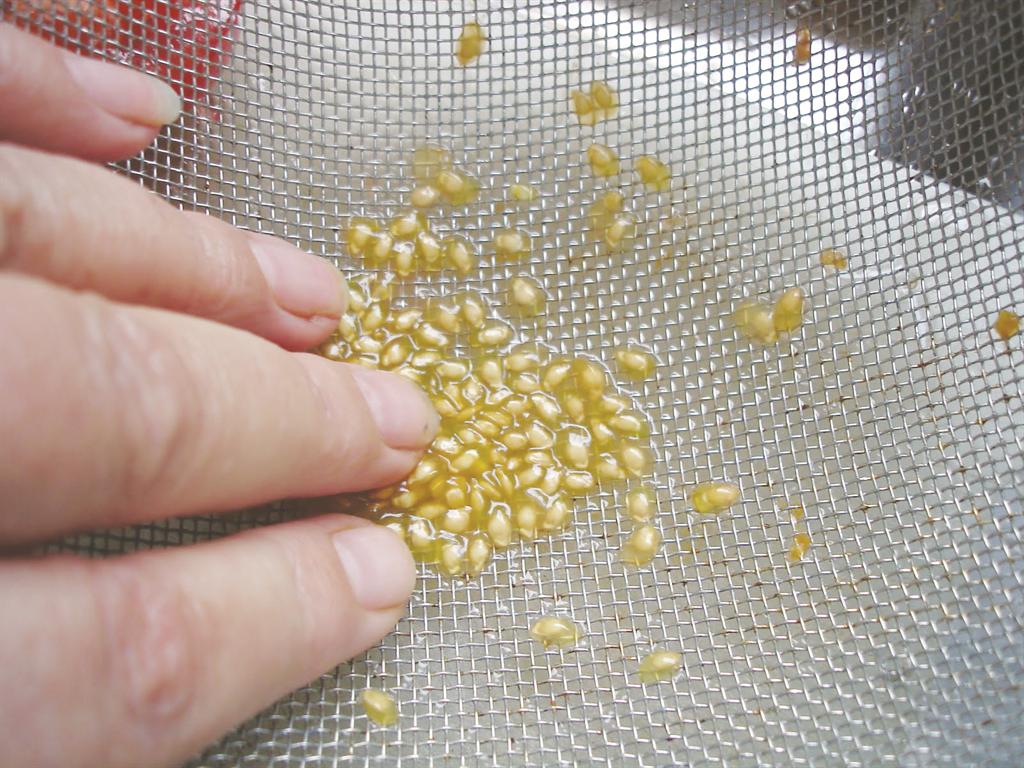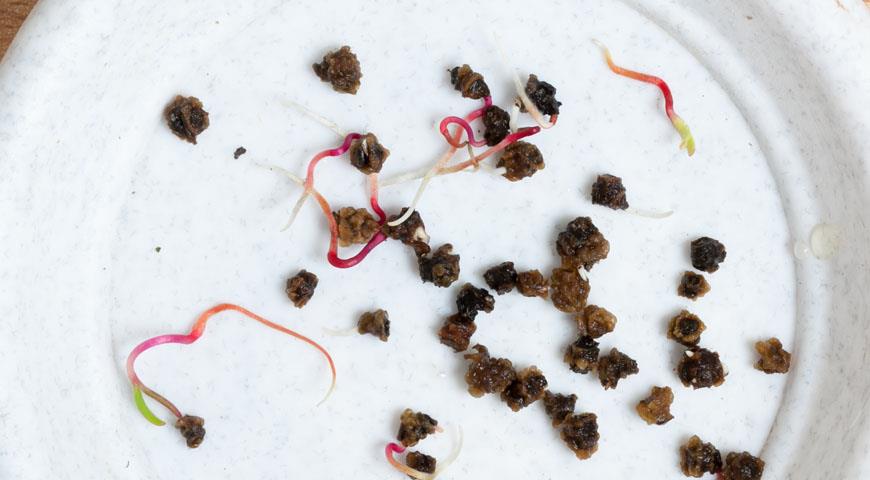Content:
During the cultivation of a particular crop, experienced gardeners accumulate a lot of useful information. It concerns not only the correct choice of the planting site or the rules of care, but also the fight against pests and diseases. Modern summer residents try to use as few chemicals as possible on their plots, use folk methods and means of prevention. In this case, the treatment of onions with birch tar before planting is very effective, which helps to prevent not only the appearance of onion flies, but also fungal diseases.
Preparing onion sets for planting
Novice gardeners wonder if they should always process onions before planting. I must say that not always. In cases where the vegetable is grown on an industrial scale, or you are sure of the quality of the planting material, you can do without processing. But often sevok is purchased at wholesalers or in stores, which in no way can guarantee you a healthy microflora. The same applies to onions used for growing the so-called plantings (heads germinated to obtain seeds). In this case, you cannot do without processing.
Before processing the bulbous material, it should be prepared. Some experts recommend making an incision in each bulb to allow the solution to get under the scales.
Various methods are used for seedbed preparation. Until recently, the most common were heat treatment and soaking. But in recent years, soaking has greatly supplanted the first method. For this purpose, various solutions and preparations are used. The procedure has certain advantages:
- growth processes are noticeably activated;
- pathogenic bacteria are killed, the planting material is disinfected;
- the development of putrefactive processes is prevented;
- the soil is protected from the ingress of pathogens.
The disadvantage of soaking is that due to non-observance of the proportions of the preparation or improper pruning of the sets, the seedlings may deteriorate. Before using this or that product, you must carefully study the instructions. Gardeners often soak the seedlings in a salt bath, and then in potassium permanganate. To prepare a saline solution for 2 liters of water, 2 tablespoons of table salt are taken. Planting material is placed in it for 3 hours. This allows not only to activate the growth processes, but also to disinfect the turnip from the nematode.
After a salt bath, the onion is placed in a solution of potassium permanganate. For its preparation, a bucket of water and 30 grams are taken. potassium permanganate. The crystals should completely dissolve, after which the seed is loaded into the solution and left to stand for a couple of hours. Potassium permanganate kills pathogens of many known plant diseases.
Thermal pre-planting treatment has also proven itself well. Soaking the seedlings is carried out in water heated to 45-50 ° C with the addition of soda (1 teaspoon per bucket of water).The planting material is kept for 15 minutes, as a result of which it is disinfected.
How to soak onions in birch tar
Birch tar is an excellent analogue of chemical preparations for pre-sowing onion processing. It helps to destroy putrefactive bacteria, fungal diseases, and also prevents the appearance of onion flies. Before soaking the set, it should be held on a battery heated to 38 ° C. After that, each onion is peeled as much of the old husk as possible. It is not necessary to completely remove the husk. All turnips showing signs of rot, soft, dry, or diseased are discarded. Only healthy and strong material is used for planting. The tops are carefully trimmed with nail scissors. This will enable the plants to increase their green mass more intensively. There is an opinion that the more powerful the feather on the onion, the larger the harvest will be.
In order to process the set in birch tar, you will need to prepare a solution. A tablespoon of tar is stirred in one liter of water warmed to room temperature. During processing, the onion material is periodically stirred so that each head is thoroughly soaked.
It does no harm to the body, but unpleasant sensations are inevitable. In the middle lane, birch is found quite often, so it will not be difficult to get tar. Plus, it's available in gardening stores.
Before soaking the sowing onions in tar, place them in a net and find a weighting agent so that the turnips do not float to the surface. In this case, the weighting agent should not be too weighty. Otherwise, he will crush the bulbs or damage them.
Not only the processing of onion sets with birch tar is carried out before planting in the garden. In the process of growth, as well as before planting, it is recommended to water the site with tar water. Before planting the turnip, small furrows are made. Then a tablespoon of tar is dissolved in a watering can of water, and the furrows are watered with the resulting solution. Early spring is the time when the onion fly begins to multiply. Preventive measures should be taken during this period.
For how long and why to soak the sevok
The onions are soaked in tar just before planting for 3-4 hours. This time is quite enough for all pathogenic microorganisms to die, and growth processes are stimulated. The use of this tool has several advantages:
- affects many types of pests;
- pests do not adapt to tar and do not get used to it;
- no additional equipment and personal protective equipment is required;
- environmentally friendly;
- does not harm human health;
- provides long-term protection;
- does not affect the composition of the soil and its characteristics.
However, birch tar is not without some disadvantages, which also matter:
- scares off not only pests, but also beneficial insects;
- in case of an overdose, the crop acquires an unpleasant specific smell;
- the prepared solution must be used within a few hours until it has exfoliated;
- tar concentrate can cause an allergic reaction in humans;
- non-separable units cannot be used for processing, because tar tends to stick strongly to parts and nozzles;
- has an unpleasant odor, and if it comes into contact with clothes, it cannot be washed.
The drug is marketed with different degrees of purification. The cheapest option would be veterinary, but its effectiveness is questionable. It is better to take a similar medical one that has passed more degrees of purification. By the way, tar soap is also on sale, only there is a minimum amount of the active substance there, and such a remedy will not affect garden pests.
Birch tar in agricultural technology is used mainly to combat onion and carrot flies. The effectiveness of this tool has been proven by practicing gardeners, as evidenced by their numerous reviews. In addition, the drug is used to repel all pests with a keen sense of smell or leading an underground lifestyle. Tar acts much longer in the soil than on the surface. It is not tolerated:
- bear;
- mole;
- vole;
- unpaired silkworm.
A less effective remedy in the fight against such intruders:
- Colorado beetle;
- cabbage butterfly;
- moth;
- moth;
- phytophagous fly;
- wireworm larvae;
- rodents;
- slugs, etc.
It will not be possible to completely get rid of them, but the number will decrease significantly. Many believe that these insects do not have a negative effect on onions. However, this opinion is erroneous. There are cases of complete destruction of onion plantings by these pests.
Pest Control Tips
Growing onions leaves gardeners with other problems besides the onion fly. For the prevention of diseases, red hot peppers and liquid laundry soap are used. Prepare a product based on a bucket of water 30 grams of dry red pepper and a tablespoon of liquid soap.
The following tools have proven themselves equally effective:
- saline solution (for a bucket of water 3 tbsp. l. table salt);
- tobacco mixture (200 grams of tobacco dust is dissolved in 3 liters of water and infused for 48 hours);
- tincture on dandelions (200 grams of crushed dandelion leaves are taken in a bucket of boiled water and infused for 4 days);
- ammonia solution (for a bucket of water 2 tbsp. l. ammonia).
.
Experts recommend processing in dry weather, preferably in the evening. Solar energy can destroy compounds and nullify the effects of drugs. To prevent the onion from overtaking certain diseases, you must follow the simple advice of experienced gardeners:
- to enrich the soil before planting seedlings with peat or rotted manure;
- do not plant bulbs with signs of disease or deterioration;
- adhere to the rules of crop rotation;
- planting onions next to carrots or other herbs that emit a strong aroma;
- after harvesting, dig deep into the soil.
Processing onions before planting with birch tar does not yet fully guarantee a good harvest. Do not forget about proper plant care. Soaking before planting serves only as an auxiliary method that helps to disinfect the planting material and stimulate growth processes.
Planting onions in the spring is a very important period for summer residents. After all, each of them tries to plant seedlings on the site in order to obtain not only useful greens, but also a rich harvest of turnips.This vegetable has found wide application in cooking, it is used for fresh consumption and for preparations. Planting onions in order to obtain a rich harvest begins with the correct processing of the seedlings and the selection of a place. Proper care also plays an important role in this matter.
